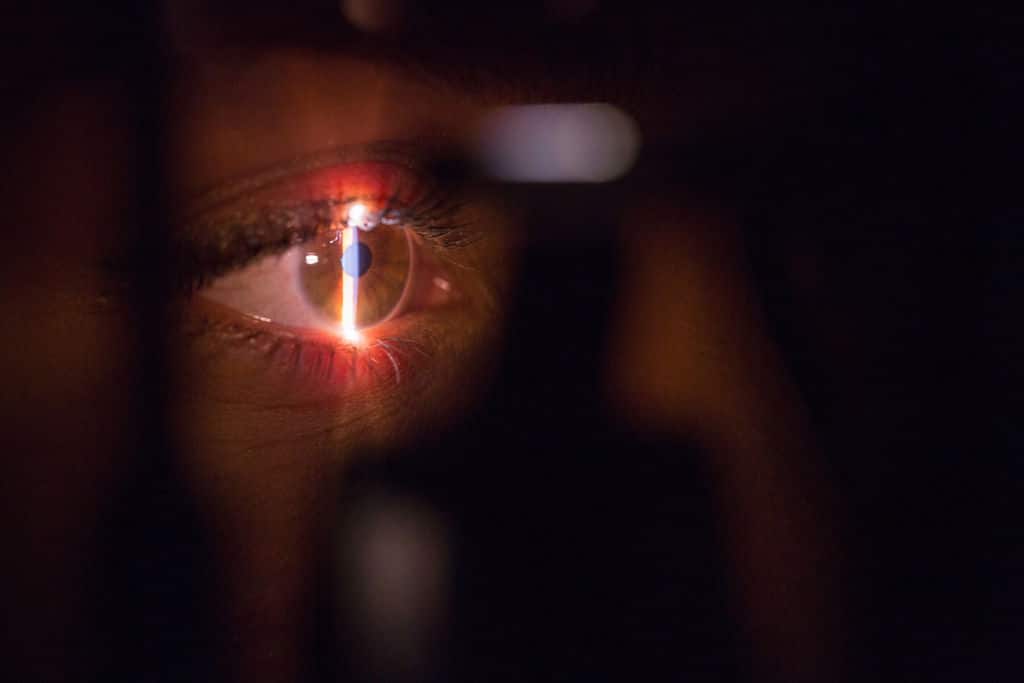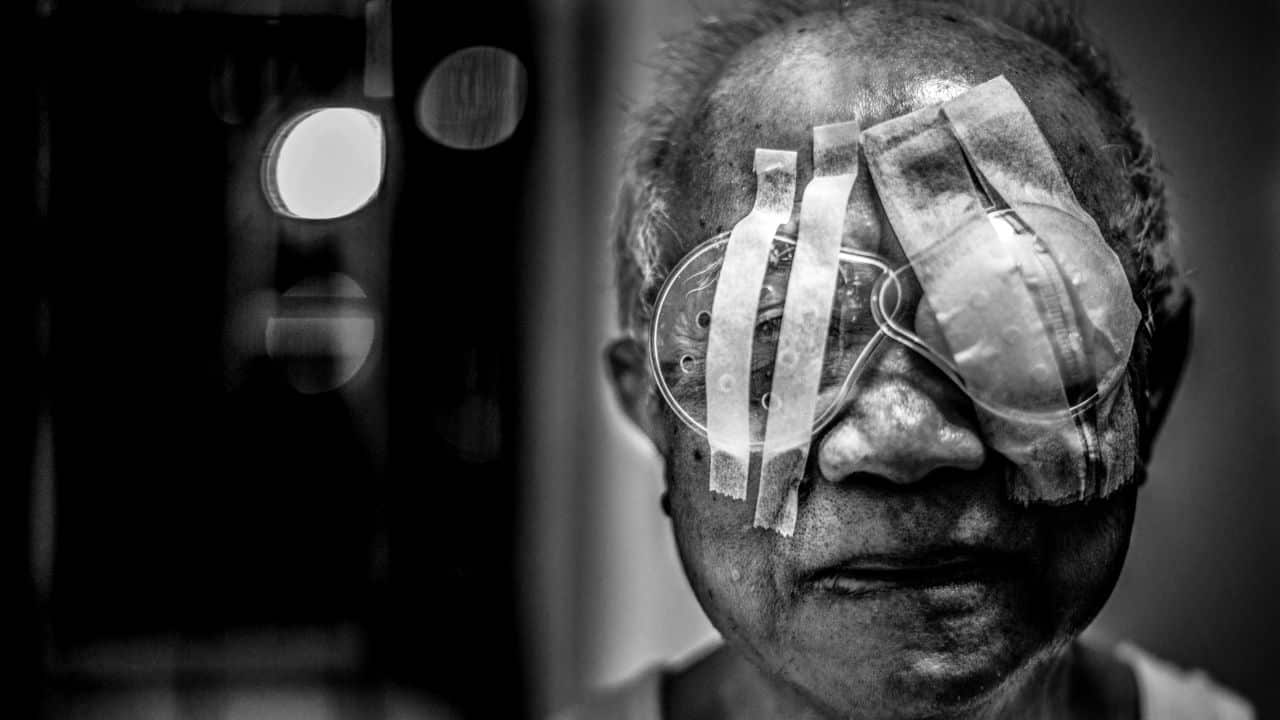The eye is an essential yet delicate organ in the body that must be treated with absolute care before, during, and after surgery. When there is a need for an eye cataract surgery, the ophthalmologist must do well to observe all the proper protocols to ensure a smooth, safe and successful surgery.
Unfortunately, reasonable care is often slaughtered on the altar of negligence, thereby causing grievous harm to the patient. In cases like this, a cataract surgery animation can be made by an expert to prove the fault of the ophthalmologist and other attending medical personnel during the surgery.
What is a Cataract?
In an article by Healthline, a cataract is defined as “a dense, cloudy area that forms in the lens of the eye. A cataract begins when proteins in the eye form clumps that prevent the lens from sending clear images to the retina.”
For your eyesight to work properly, light has to pass through a clear lens.
Therefore, when a cataract is present in the eye, it would be impossible for light to be transmitted clearly to the brain through the optic nerves.
When a cataract is present in the eye, there will be blurry vision or loss of sight.
Like many sicknesses which can be directly linked to age, the possibility of cataracts is increased with age.
According to the National Eye Institute, “the risk of cataract increases with each decade of life starting around age 40.”
It was further stated that “by 2050, the number of people in the US with cataracts is expected to double from 24.4 million to about 50 million.”
Because of this, it is clear that a lot of people would require cataract surgery to restore the eyes to their original working condition. This kind of surgery is performed using the laser technique.

Laser-Assisted Cataract Surgery
You may wonder, how does laser-assisted cataract eye surgery work?
During the surgery, the surgeon is required to make a tiny incision on the eye surface. After which, he will insert a small ultrasonic energy probe to break up the damaged lens into tiny pieces.
When this has been done, the probe is removed and replaced with another one to suction out the lens pieces.
Then, an artificial lens will be inserted into the eye using the appropriate procedure.
However, even though cataract surgery is major surgery, it is a painless process.
But, when amateur surgeons handle the surgery, there is a risk of harming the patient.
Can Medical Malpractice Cause Cataract Surgery Complications?
Wasylow (2016), in his article, stated that “laser-assisted cataract surgery is a delicate procedure that should only be performed by a specially trained and highly experienced ophthalmologist using state-of-the-art equipment.”
Complications are inevitable if this is not taken into cognizance before, during, and after the eye cataract surgery.
When complications arise, there is a risk of blindness most of the time.
This is why cataract surgery complications cases are often heard in court.
Most victims are always out to get their pound of flesh, although by lawful means.
In the case of Kitto v. Gilbert, the plaintiff had been diagnosed with a cataract and was advised to undergo cataract surgery. Before the surgery, anesthesia was administered by an anesthesiologist. When the connection was secured, a nurse wheeled in a piece of equipment which was subsequently placed over the plaintiff’s chest. While adjusting the height of the tray, the tray slipped and must have struck the plaintiff’s chest, thus dislodging the connection of the anesthesia.
The anesthesia was not examined after the incident, and the surgery continued.
The plaintiff became inadequately anesthetized and coughed during the surgery, which led to an expulsive loss of the eye.
Like the case mentioned above, a lot of mistakes during a cataract eye surgery can lead to complications such as eye loss.
Some of the complications that can be caused to people during a cataract surgery include lens fragments, retinal detachment, inflammation, infection, fluid build-up in the retina, and eye loss.
A cataract surgery animation can be used as an indomitable tool to prove to the jury that the harm caused is due to the negligence of the surgeon or attending nurses.
Conclusion
Cataract surgery animation is a great ally when pursuing a cataract surgery malpractice case.
To ensure success, a litigation animation company with a good track record of wins can be contracted to create admissible animation.





